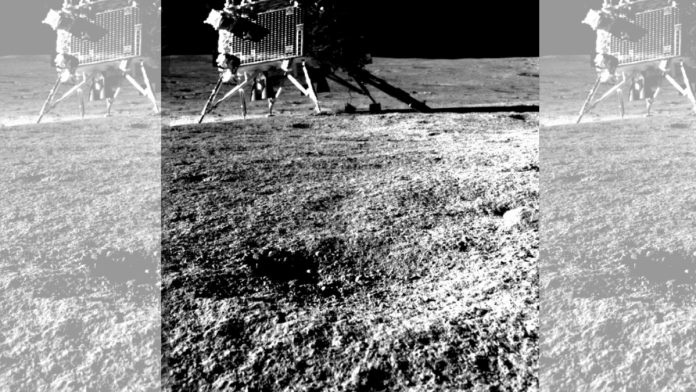Bengaluru: With the sun rising over the Shiva Shakti point on the Moon, Indian Space Research Organisation (ISRO) is set to check if the Vikram lander and Pragyan rover that are stationed in sleep mode have woken up by trying to establish a communication link with both.
The space agency will announce Friday whether communication with the two components from the Chandrayaan-3 mission has been established, and if they will function again.
Attempts at reestablishing communication after a 14-day lunar night will be made through 21-22 September. Vikram and Pragyan run on solar power, and thus as the 14-day long lunar night set in, they were put into sleep mode.
The Chandrayaan-3 mission is already officially a success — its expected lifetime was 14 Earth days, and both the rover and lander functioned as expected over two weeks after landing on the Moon.
Also read: How space collaboration with US could help India breach next frontier — human spaceflight & beyond
Why 14 days?
The Moon is tidally locked to Earth and, therefore, only shows one side to Earth at all times. This is because its rate of rotation is the same as the time it takes to go around Earth — 27 days. Each lunar day therefore lasts half the time it takes to go around its axis, which is 14 days.
This phenomenon is also what causes the phases of the Moon.
The Vikram lander and Pragyan rover are powered by solar panels, which were opened after the lander touched down safely, and the rover came down a ramp from inside the lander.
After 14 days of functioning, the lander and rover successfully accomplished their missions and were powered down to be put into sleep mode.
Once the sun’s rays touch the solar panels on both vehicles, it is expected that both could power up again and resume communication with Earth, and thus function for a longer period of time.
Do missions last longer than expected?
All spacecraft that fly out of Earth are rigorously tested to withstand the harsh conditions in space, and are built to be sturdier than their expected lifespan for redundancy.
Nearly all missions sent by most countries function longer than expected structurally, unless there is a case of communication failure.
Some missions, such as the former Soviet Vega missions to the surface of Venus in the 1980s, functioned only for a few hours as predicted because of expected and complete structural breakdown caused by extreme conditions.
The Moon’s surface also is home to very extreme conditions, with the sunlit part reaching temperatures of 120 degrees Celsius, while the lunar night sees temperatures dropping to -120 degrees Celsius at the surface.
What did Chandrayaan-3 achieve in 14 days?
Chandrayaan-3 is a tech demonstrator mission to show India’s capability to land on the Moon, after the failure of the nearly identical Chandrayaan-2, which also included an orbiter that is still functioning successfully.
After landing on the lunar surface on 23 August, the lander deployed its ramp for the rover to roll out, and also turned on its payloads, gathering basic data.
ISRO posted the first video of the rover on 25 August, showing it descending the lander’s ramp. The next day, the agency released another video showing the rover driving away towards the edge of the lander’s camera’s sight.
The rover was then commanded to retrace its steps and move in a different direction, which it completed successfully.
On 3 September, it was put into sleep mode after successful completion of all its mission objectives. The batteries were charged and its receiver was left on for communications from ISRO and the lander.
The lander itself saw all its payloads functioning for 14 days. On 3 September, Vikram withdrew its ramp and instruments inside, firing its engines for a short ‘hop’ on the lunar surface, rising up and moving laterally, before landing again about 40 cm away. This test demonstrated the ability to launch from the lunar surface for future sample return missions.
On 5 September, the lander was also put into sleep mode with its receiver turned on, after having completed its mission objectives.
Meanwhile, the propulsion module, which flew the spacecraft from Earth orbit to Moon orbit, continues to orbit the Moon and its single payload continues to gather data about Earth from there.
What to expect next?
If the lander and/or rover wake up, they will resume functioning and secondary scientific objectives will be added to the mission for the next 14 days, before the lunar night sets in once again.
Even if communication is not established with either craft or both, Chandrayaan-3 will be declared a resounding success.
Meanwhile, ISRO is in talks to finalise the next lunar mission, Chandrayaan-4 or Lunar Polar Exploration Mission (LUPEX), a planned joint mission with Japan. The Japanese space agency, Japan Aerospace Exploration Agency (JAXA), is expected to build the launch vehicle and rover for the mission, while ISRO will build the next lander.
(Edited by Smriti Sinha)






